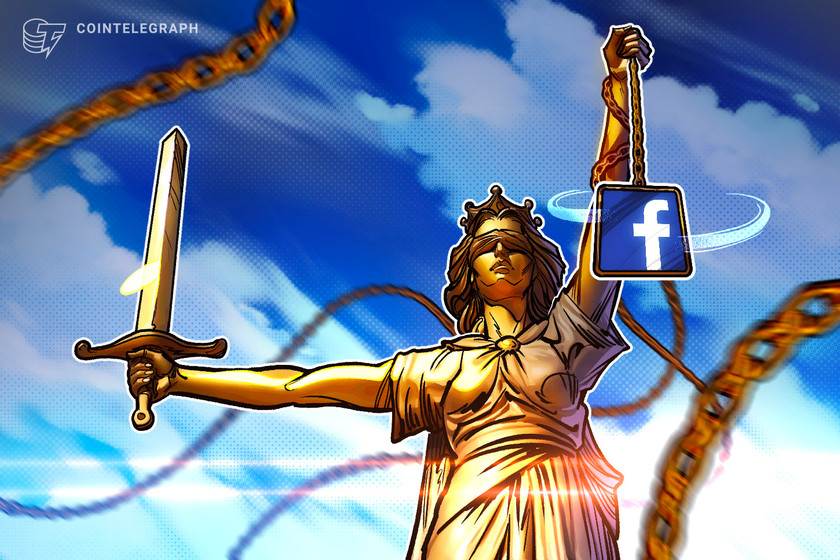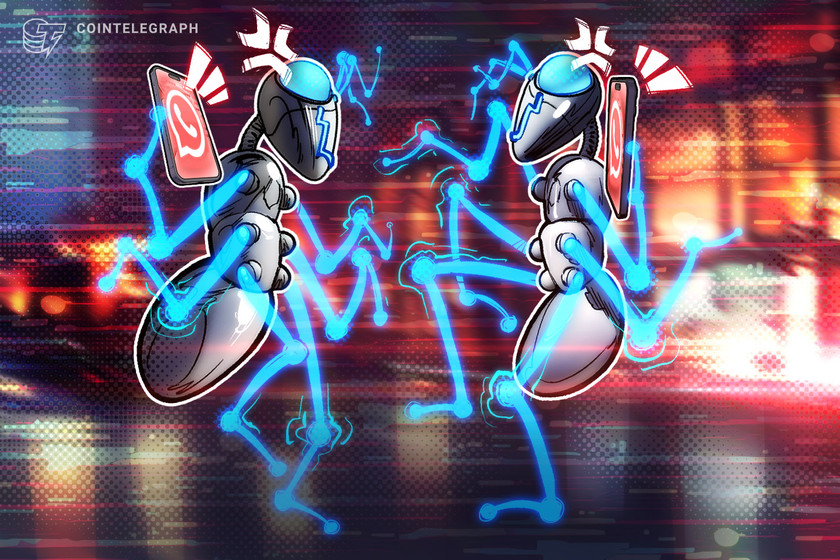Meta to fight AI-generated fake news with ‘invisible watermarks’


Meta will make use of a deep-learning model to apply watermarks to images generated with its AI tool, which would be invisible to the human eye.
Social media giant Meta, formerly known as Facebook, will include an invisible watermark in all images it creates using artificial intelligence (AI) as it steps up measures to prevent misuse of the technology.
In a Dec. 6 report detailing updates for Meta AI — Meta’s virtual assistant — the company revealed it will soon add invisible watermarking to all AI-generated images created with the “imagine with Meta AI experience.” Like numerous other AI chatbots, Meta AI generates images and content based on user prompts. However, Meta aims to prevent bad actors from viewing the service as another tool for duping the public.
Like numerous other AI image generators, Meta AI generates images and content based on user prompts. The latest watermark feature would make it more difficult for a creator to remove the watermark.





























